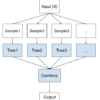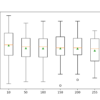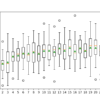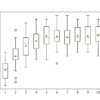Stacked generalization, or stacking, may be a less popular machine learning ensemble given that it describes a framework more than a specific model. Perhaps the reason it has been less popular in mainstream machine learning is that it can be tricky to train a stacking model correctly, without suffering data leakage. This has meant that […]










